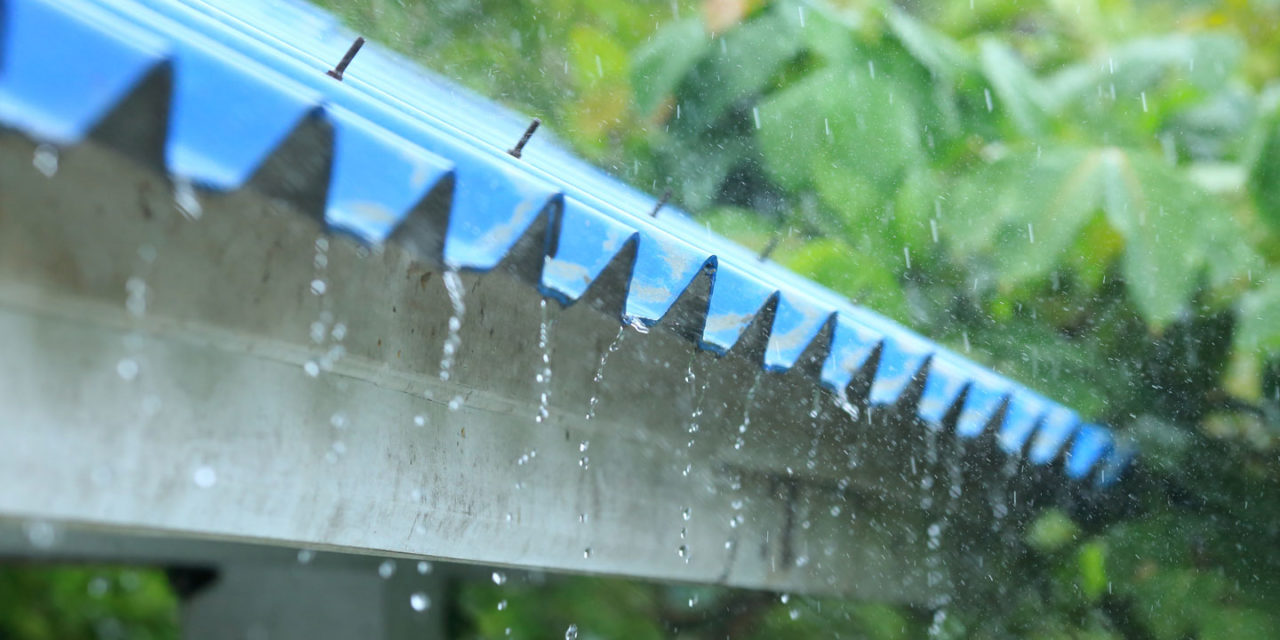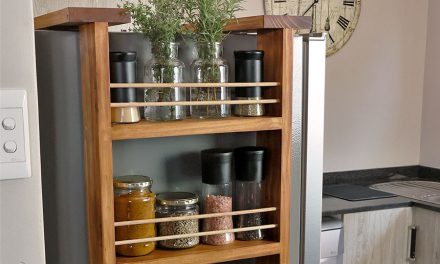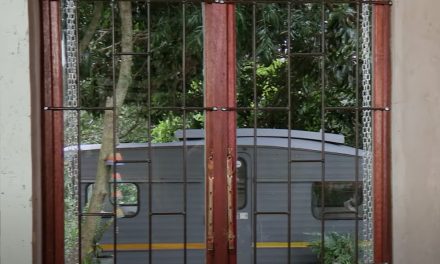Ensure that you won’t be running around looking for more buckets than you have by making sure your roof is well insulated and waterproof.
The best time to work on your roof is in the in-between seasons, when it’s not too wet and not too hot. Autumn is ideal if you live in the Western Cape, while spring is better in places that receive rainfall during summer, such as Gauteng.
There are four basic steps to weatherproofing your roof – and they’re all equally important. We’ll walk you through each of them, from planning to cleaning to sealing to painting.
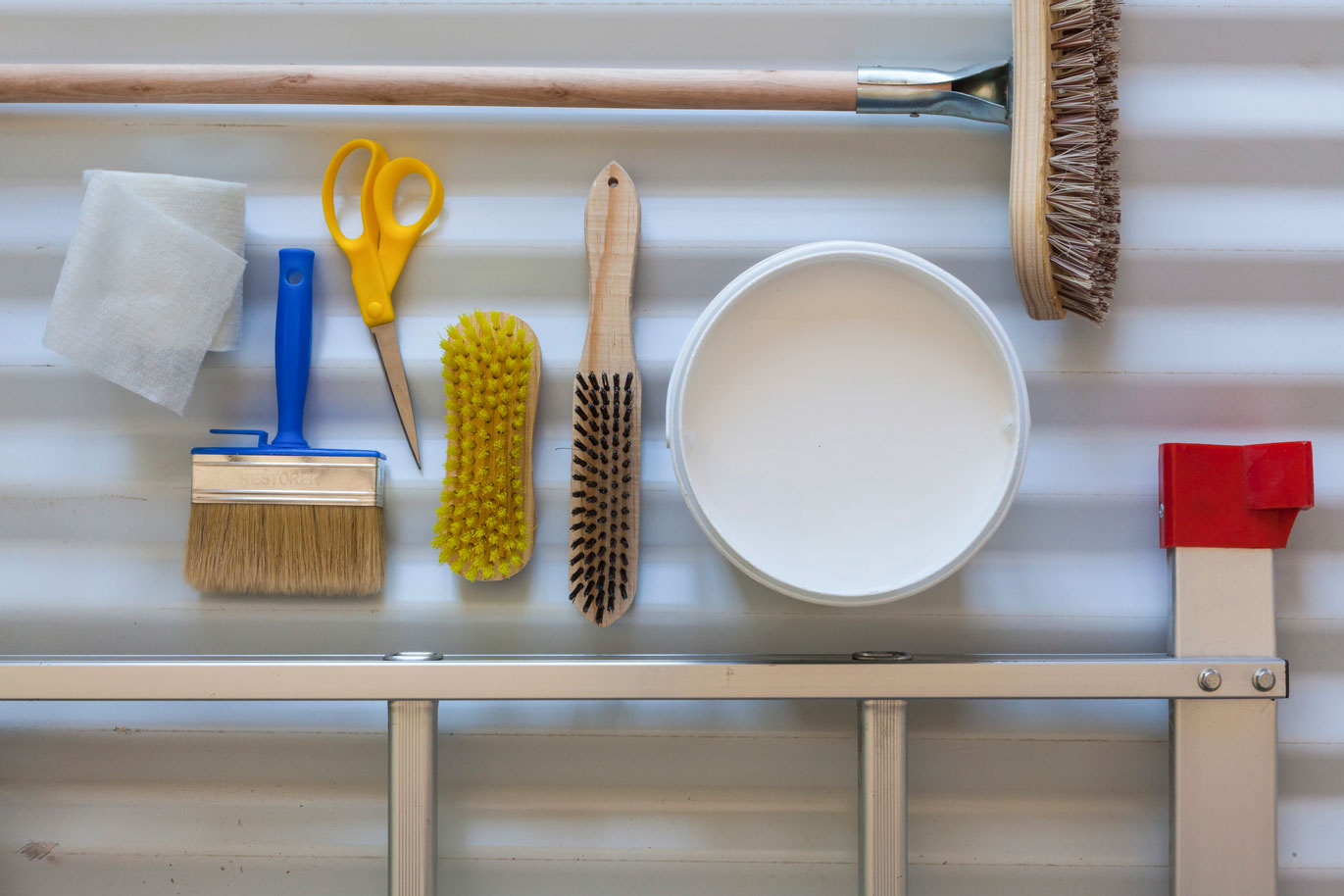
1. Plan it
Before you begin, calculate the size of your roof in metres squared and make sure you have enough paint for at least two coats of paint. The expected coverage, provided in metres squared, is indicated on your tub of paint. Working on your roof can be dangerous if you aren’t careful so remember to buy a pair of safety boots, safety glasses, a respirator and a hard hat.
Tools for the job
- Steady SABS-approved ladder
- Waterproofing or weatherproofing roof paint
- Large paintbrushes
- Paint roller designed for use on roofs
- Wire brush
- Hard-bristle broom
- Sandpaper
- Sharp scissors
- Stanley knife
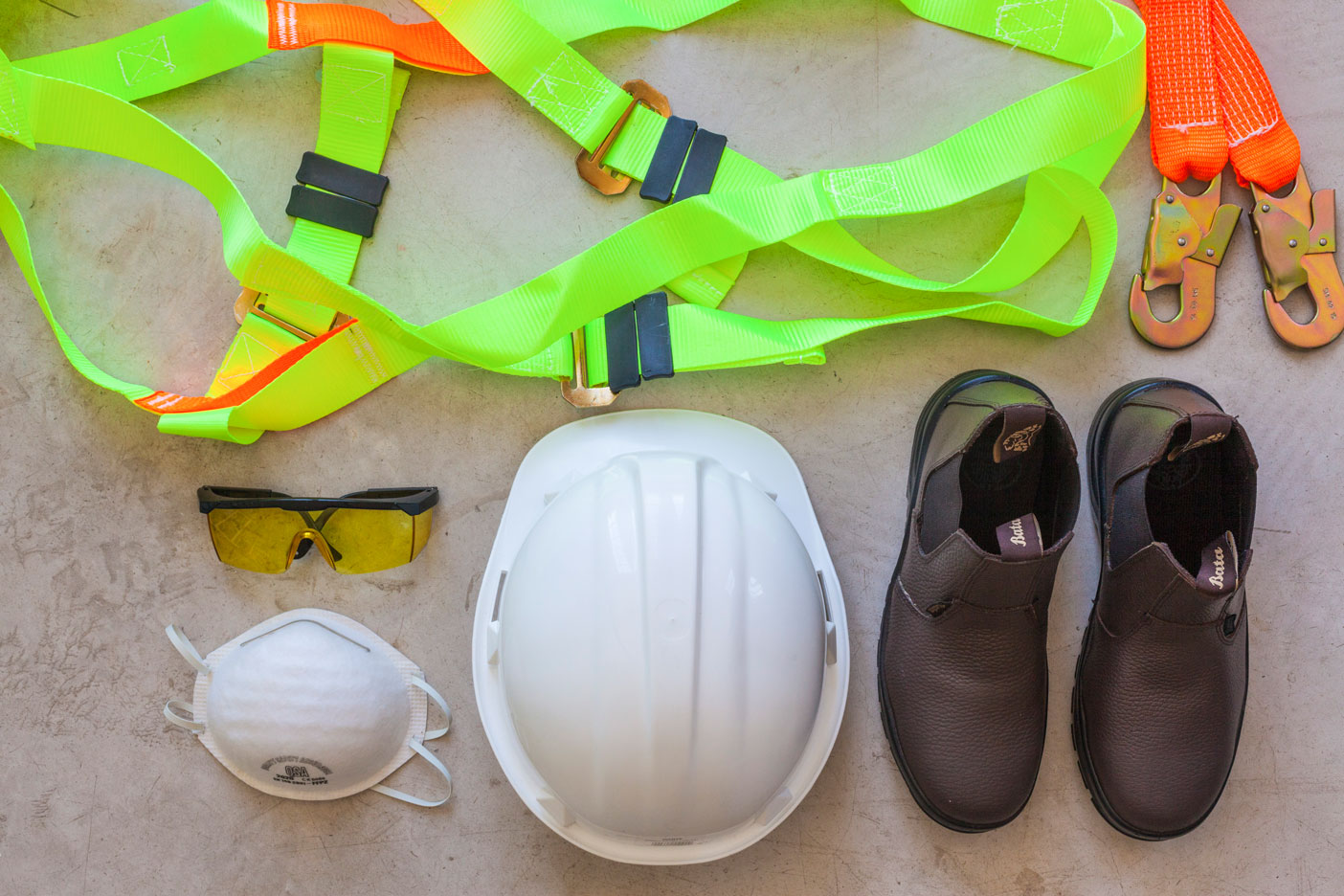
Safety Gear
- Safety harness if possible
- Hard hat
- Safety boots
- Goggles
- Respirator
- Dust mask
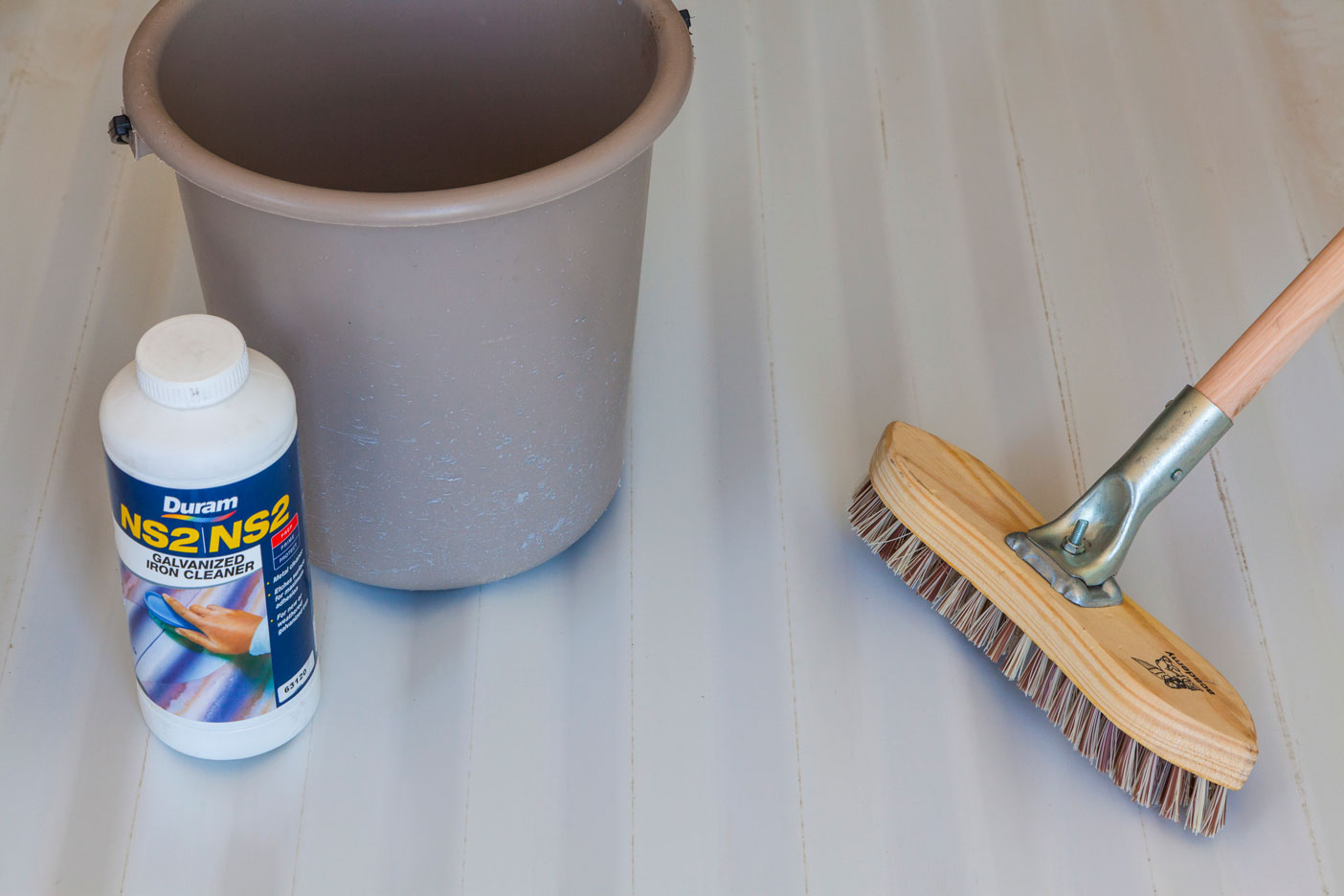
2. Clean it
Before you weatherproof or paint your roof, give it a good blast with a high-pressure washer to remove chipping paint and debris. Alternatively, use a broom, hose and a product such as Duram’s NS2 Galvanized Iron Cleaner, to remove mould from tin or any metal roof surface.
3. Seal It
Roof weatherproofing products must be applied to a sound surface in order to work effectively. No amount of waterproofing has the ability to mend structural damage or bridge large gaps and cracks. First have a look inside your home for water damage on ceilings or water runs down your walls. If you have access to your roof cavity climb in and look for any beams of light shining through. This may provide a clue as to where to start
looking when on your roof.
Check for cracks and gaps on the roof and fill them in with a sealant or filler. Choose a flexible sealant, which can expand or contract in the heat or cold. Broken or damaged slats and tiles should be properly replaced or repaired with a product such as Pattex FT101.
Check for:
- Broken or cracked roof tiles
- Capping (the peak of the roof)
- Flashing (the joins between roof tiles and parapet walls)
- Parapet walls
- Chimneys
- Gutters (remove all debris as poor drainage can cause leaks)
- Overlapping of IBR sheeting
- Buckled IBR sheeting
- Dusty spots on your roof where water may have been pooling
- Roof screws and washers
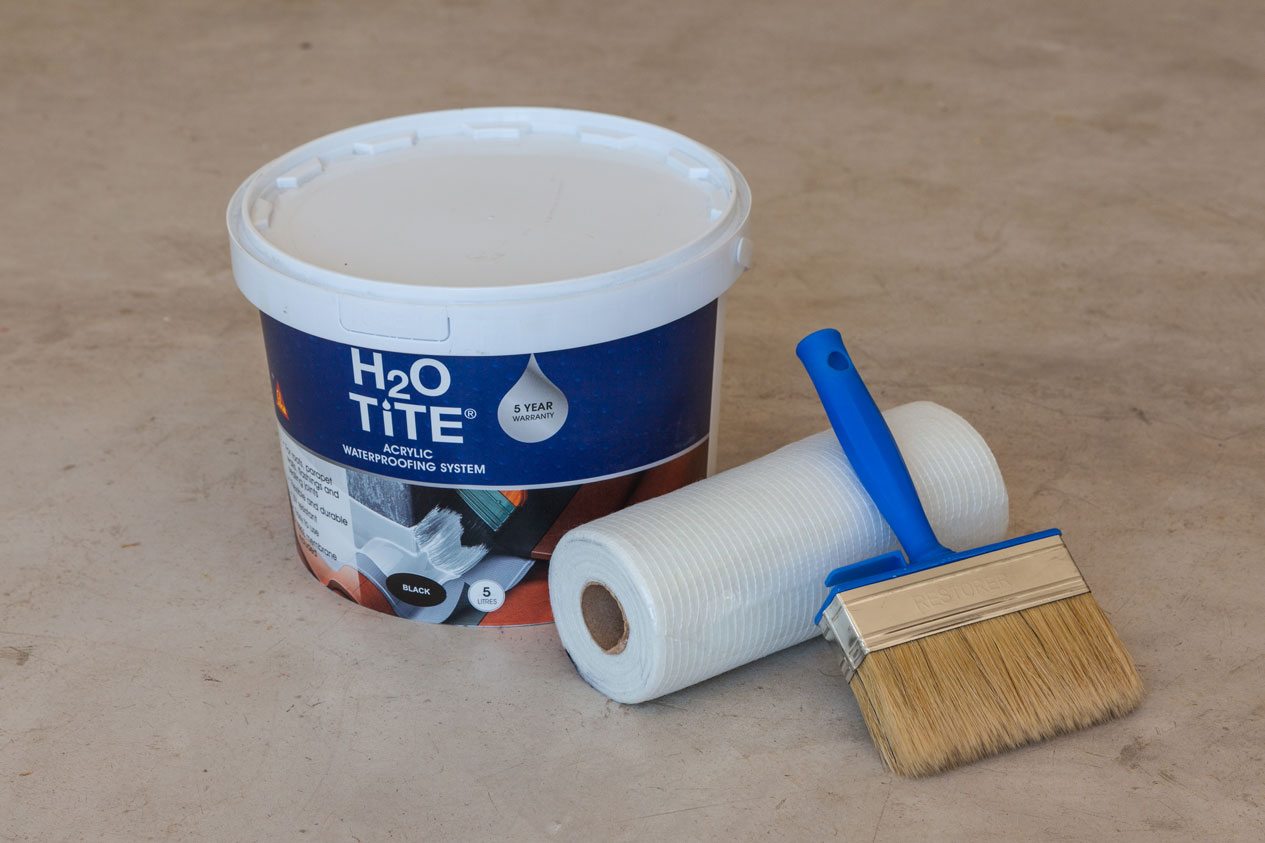
4. Finally, Paint it
Now you’re ready to weatherproof your roof. There are three basic types of acrylic waterproofing coatings that can be used effectively when doing it yourself. Your choice will depend on the roof you’re painting and its condition. Many times you will use a combination of products depending on the severity of the problem in specific spots.
Waterproofing roof paint is best if you’re painting a roof for purely aesthetic reasons or there are no apparent issues with your roof. It is generally cheaper and application is much like a regular painting job. You can use a brush roller or even a compressor and spray gun to cover the area faster with this paint. Advancements in paint technology have led to the development of a variety of membrane-less products, some of which are thicker, more flexible and promise better UV protection than regular roof paint.
Weatherproofing paints with a built-in membrane are normally fibrous and appear thicker than other paints. It’s a good product to use when you have a large number of small cracks to cover. The disadvantage is that it is best applied with a brush, meaning the job will take longer.
Many waterproofing systems are dual-component systems that are sold in conjunction with a woven membrane. This type of product offers the most effective DIY roof waterproofing. It has the capacity to bridge small gaps in IBR sheeting or overlapping roof tiles.
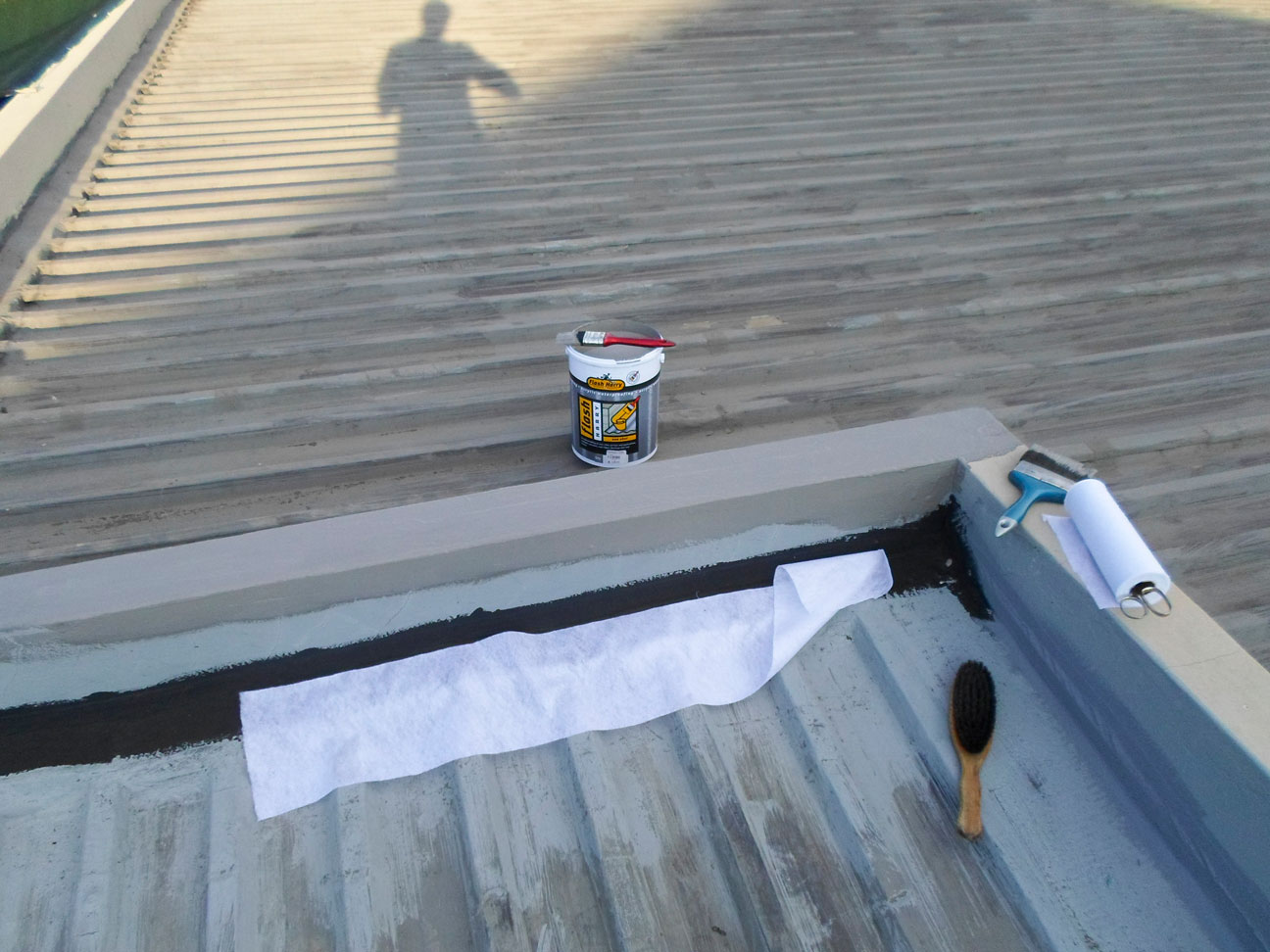
How to lay your own mesh
Cut a length of membrane no longer than half a metre to start with. Remember you will have to apply a coat of paint and position the membrane before the paint dries. Begin by painting the area you intend to place the membrane over generously with a paintbrush. Then place the membrane over the wet paint.
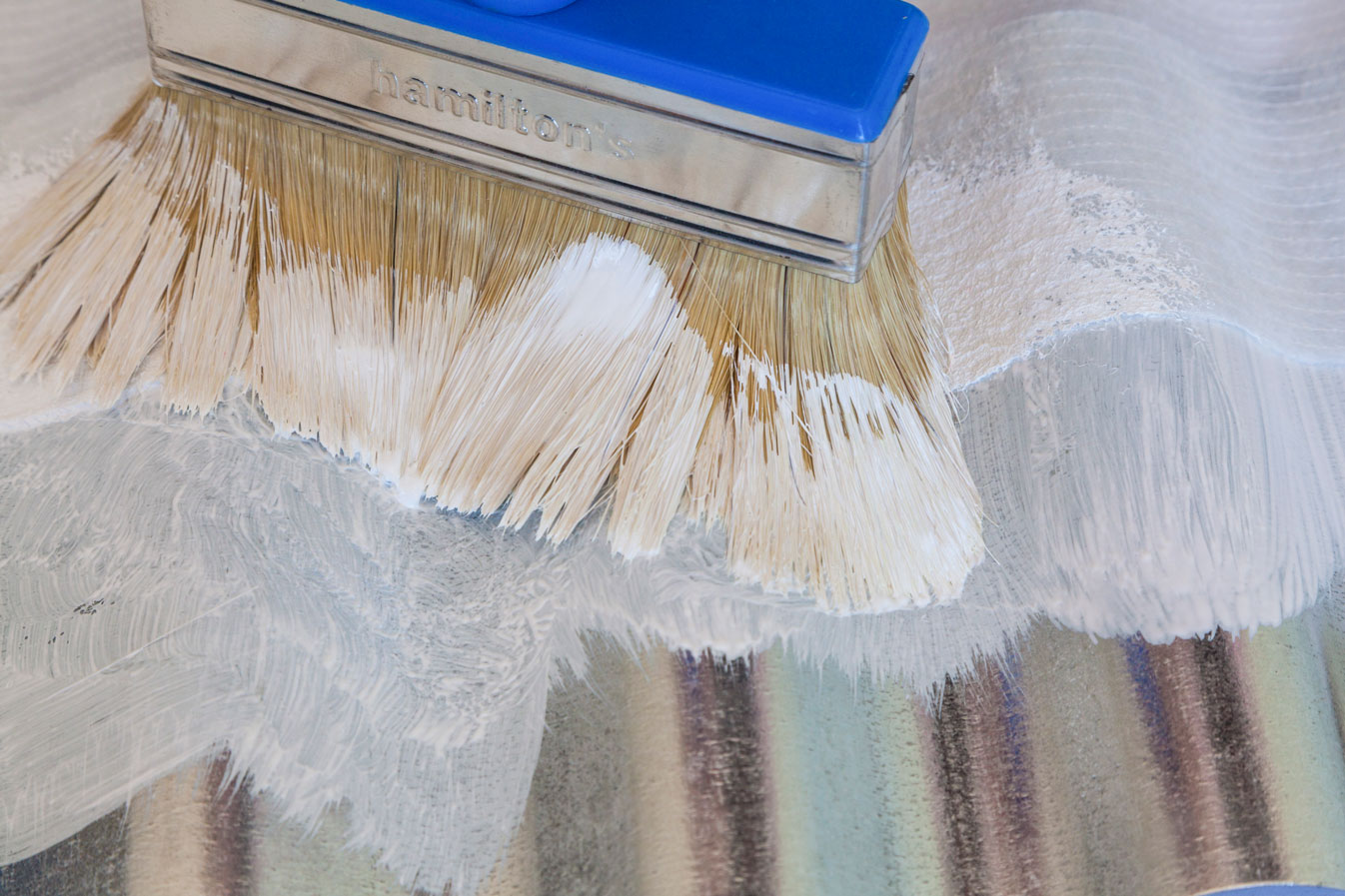
Start at one side and press the membrane into the paint using a brush like Smith & Co’s block brush. The membrane must be fully saturated by the paint coming through from underneath. Paint another coat of waterproofing over the membrane as it is set down.
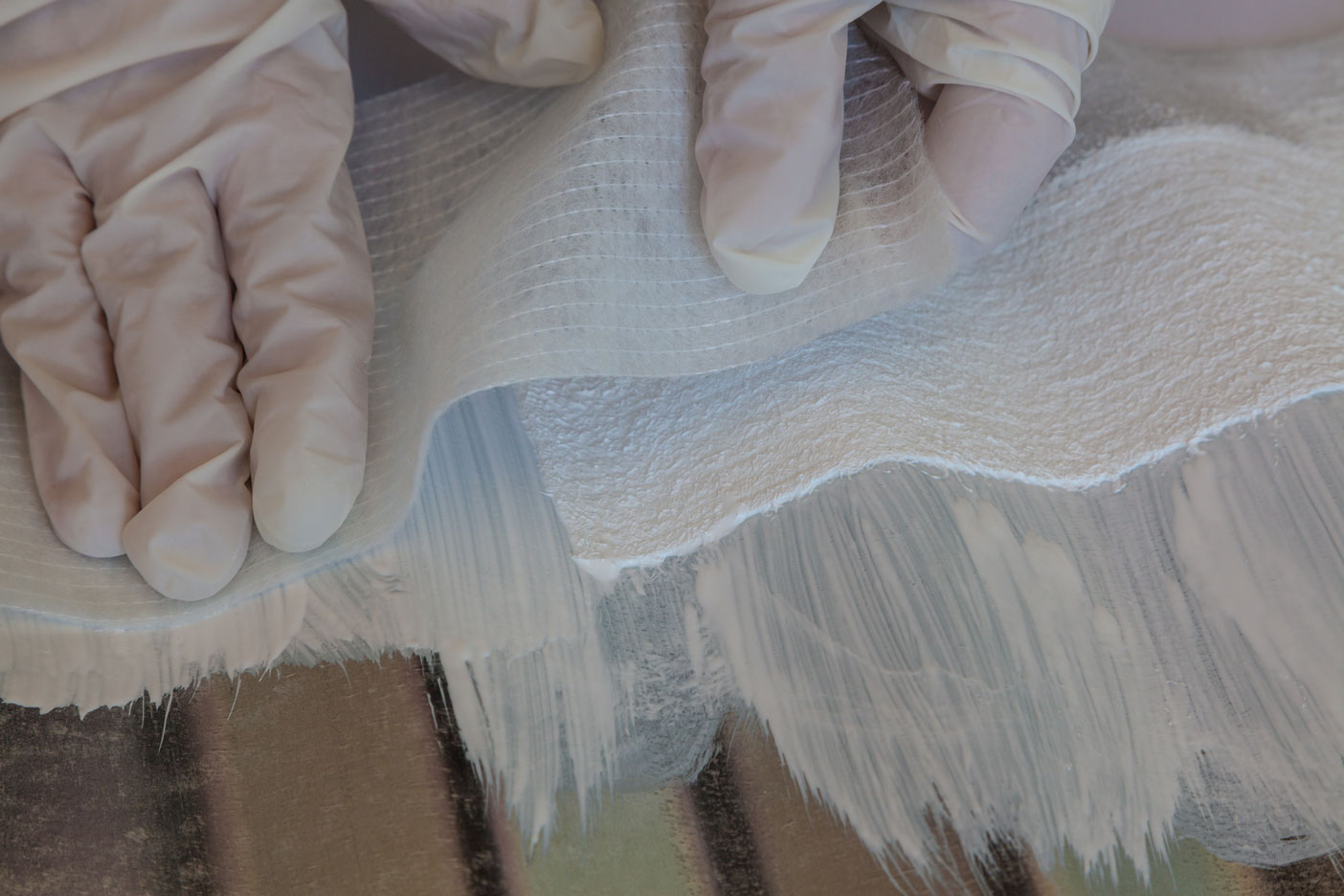
Move to the next area and use the same technique. When overlapping lengths of membrane, ensure that the ends overlap by approximately 15 centimetres.
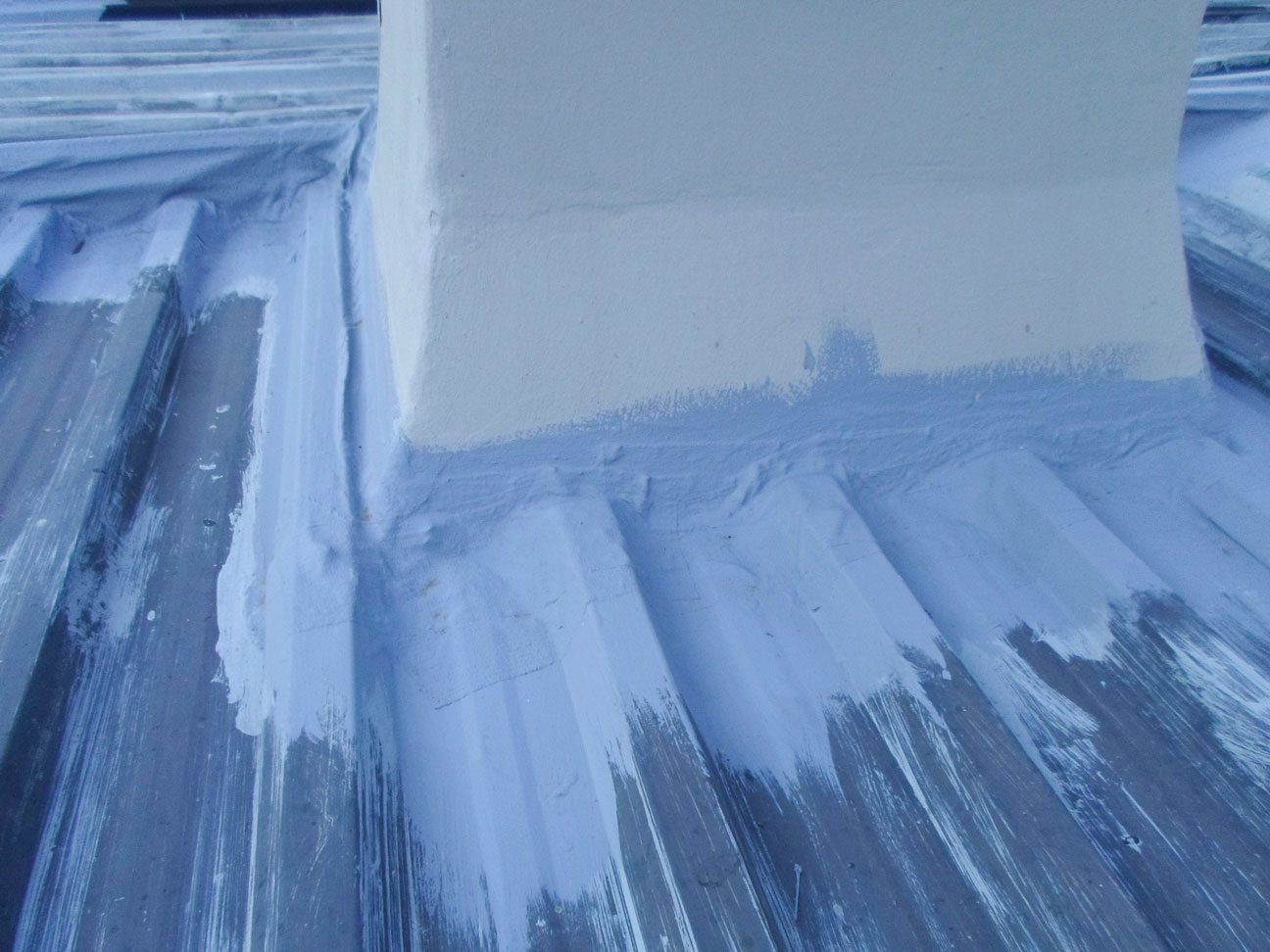
Allow approximately five hours for the paint to dry and apply another coat of paint over the membrane.
NOTE: Always read the instructions as the method of application may differ slightly.
Products to Buy

SABS-approved ladder

Safety Boots

Safety Harness
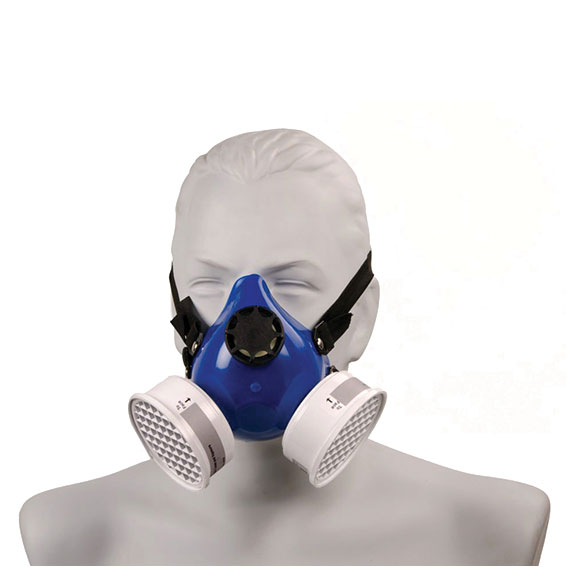
Respirator
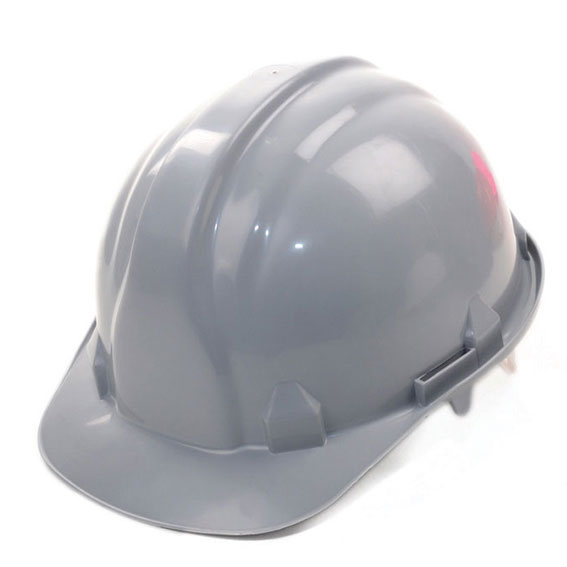
Hard Hat
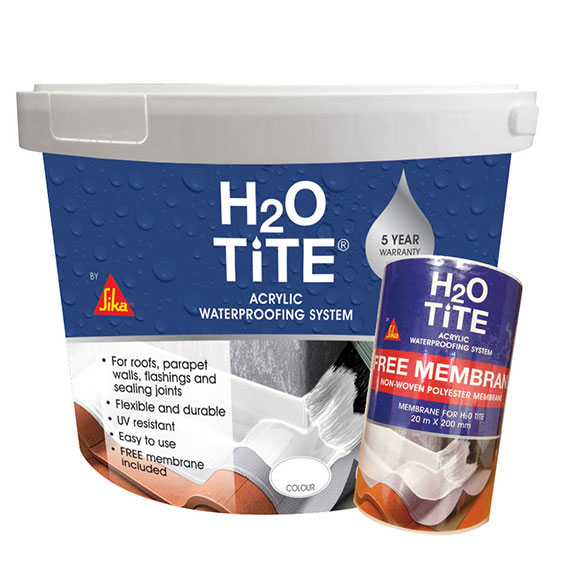
Waterproofing roof paint

Industrial scissors

Paint Roller designed for use on roofs
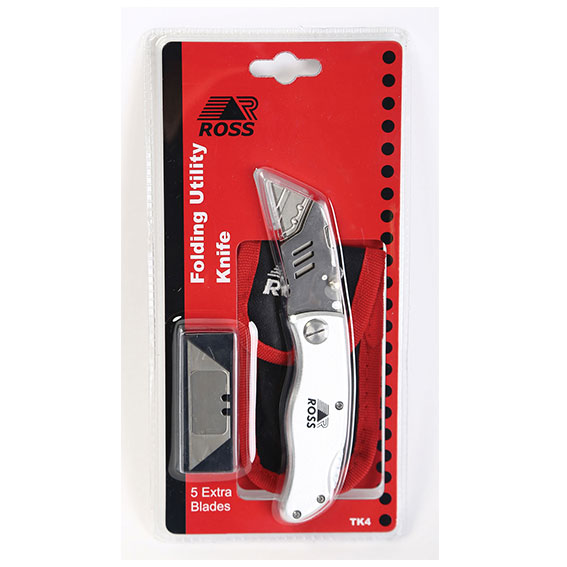
Stanley Knife

Hard Bristle Broom
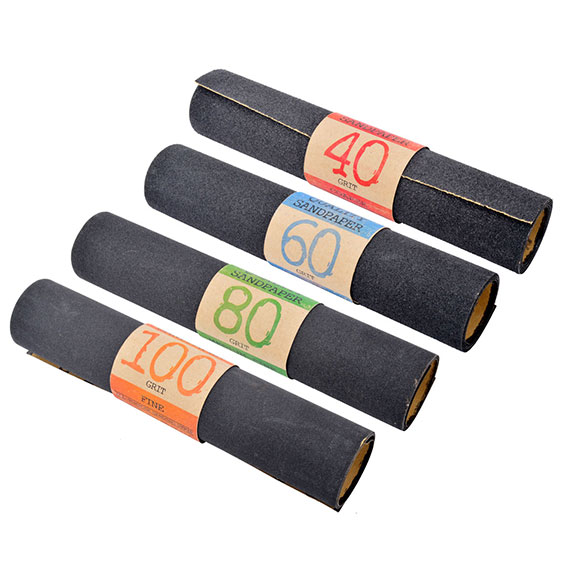
SMITH & CO FLAT ROLL SANDPAPER 1 M 40; 60; 80; 100 GRIT R18

